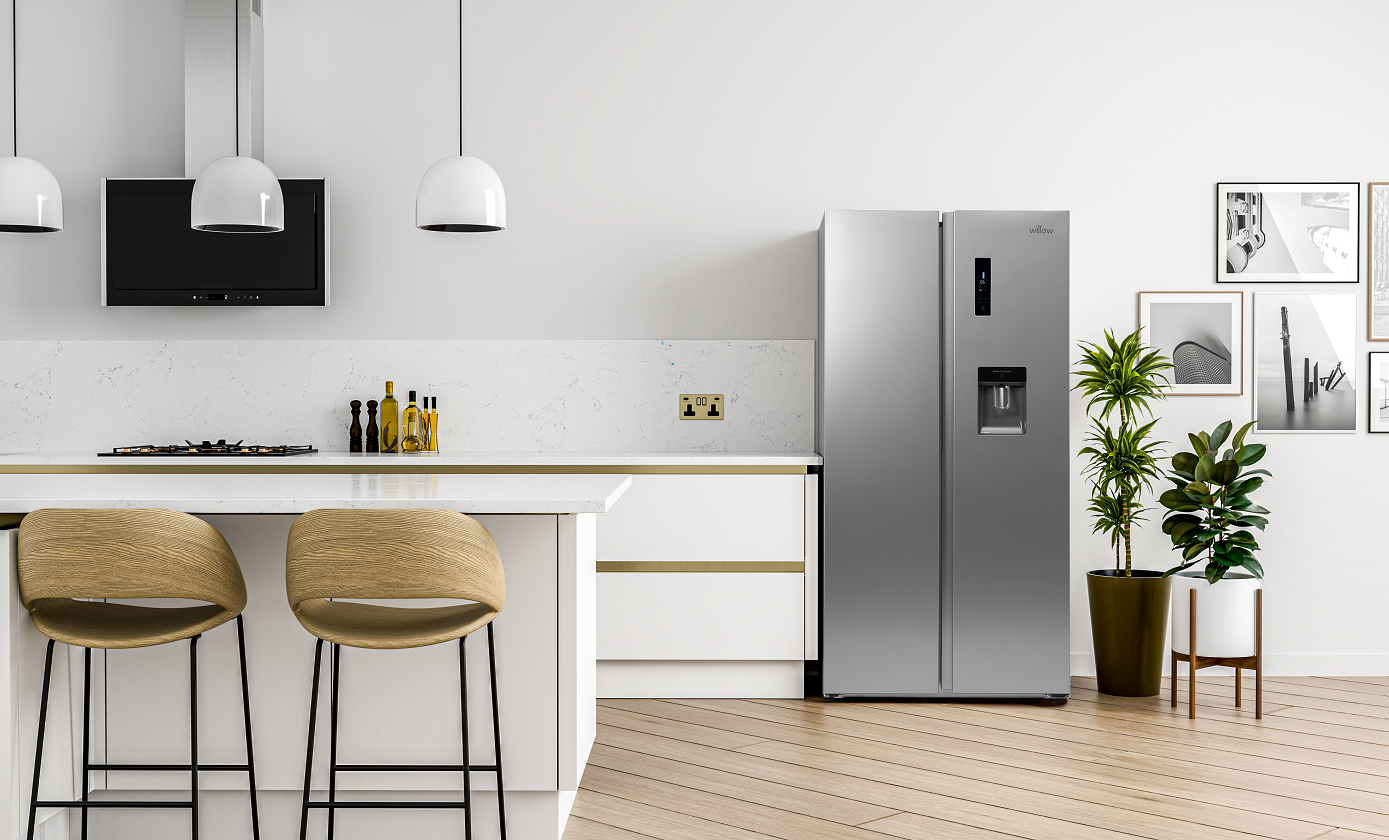What is the best way to organise your fridge?
Taking the time to organise your fridge may seem to be another social media fad. However, having an organised fridge is not only aesthetically pleasing, it can also help to stop food waste. Being able to glance inside your fridge and see exactly what is in there makes shopping so much easier. You won't forget about items before they go out of date. You also won't accidentally end up with duplicates that you won't use in time. More importantly, a properly organised fridge can help to prevent harmful bacteria building up. There's always the risk that built up bacteria can penetrate your food which can cause illness.
Whether you've got an American style fridge freezer or a modest under counter fridge, fridge organisation is important.
How much food is wasted in the UK?
You might be one of those people with a busy lifestyle who just crams food into the fridge after a food shop. However, taking a few minutes to stock your fridge properly can save you time and money in the long run. According to WRAP, in 2021/2022, UK households generated 6.4 million tonnes of food and drink waste. This staggering figure equates to 95kg per person, the majority of which was food that could have been eaten. Fresh vegetables and salads were found to be the most wasted category of foods. This was closely followed by meals, bakery, dairy and eggs. The UK produces the largest amount of food waste in Europe which generates greenhouse gas emissions.

How should you organise your fridge?
The prospect of organising your fridge might be daunting, but once you know where everything goes, you'll never look back! As well as helping to prevent food waste, it will also make the dreaded task of cleaning your fridge out a lot easier.
Top Shelves
The top shelves of a fridge are generally the warmest. They're best suited to foods that are already cooked and ready to eat. This includes leftovers, deli meats, drinks and sandwiches.
Bottom Shelves
The bottom shelves are the coldest level of the fridge. They should be reserved for raw meat, poultry and fish in order to avoid contamination. Raw meat should be stored in a clean, sealed container. If raw meat juices were to drip onto other foods, this contamination could lead to food poisoning. The meat should be kept as cold as possible. This is to ensure that it doesn't spoil or start to grow any bacteria.
Crisper Drawer
Crisper drawers are the best place to keep your fruits and vegetables. This will keep them at their best for longest and helps to avoid food waste. It is important to note that crisper drawers work best when they are around two thirds full and not when they are overfilled.
Closed crisper drawers usually have a high humidity level. These are best for foods that are sensitive to moisture loss or are likely to wilt. Foods such as herbs, leafy greens, asparagus, peppers, cucumbers, carrots and strawberries for example, last much longer when stored in a crisper drawer.
Door Shelves
Like the upper shelf, the door is one of the warmest parts of a fridge. Here you should keep products that can withstand temperature fluctuations. These products are least likely to spoil, such as condiments and drinks.
Final tips to help you organise your fridge
Keep It Clean: Regularly clean your fridge out - get rid of anything that is out of date or spoiled. This will help prevent spills and contamination. It will also stop any build up of harmful bacteria.
Label and Date: If you're storing leftovers in your fridge, label and date then. This way, you will know when they were made and when they should be used by. You will easily be able to discard anything that has been there for too long.
Don't Overfill: In order for the fridge to work efficiently, air needs to be able to circulate. This helps to keep things cool and will also save energy.
Use Clear Containers: If you're going to be storing leftovers or meal prep, use clear, airtight containers. As well as keeping the food safe and avoiding cross-contamination, they will allow you to easily see what you have in the fridge.

